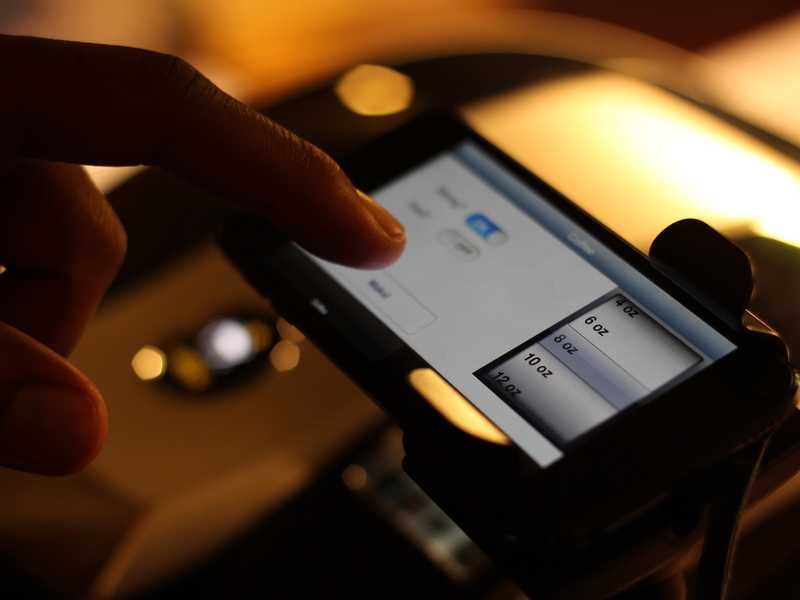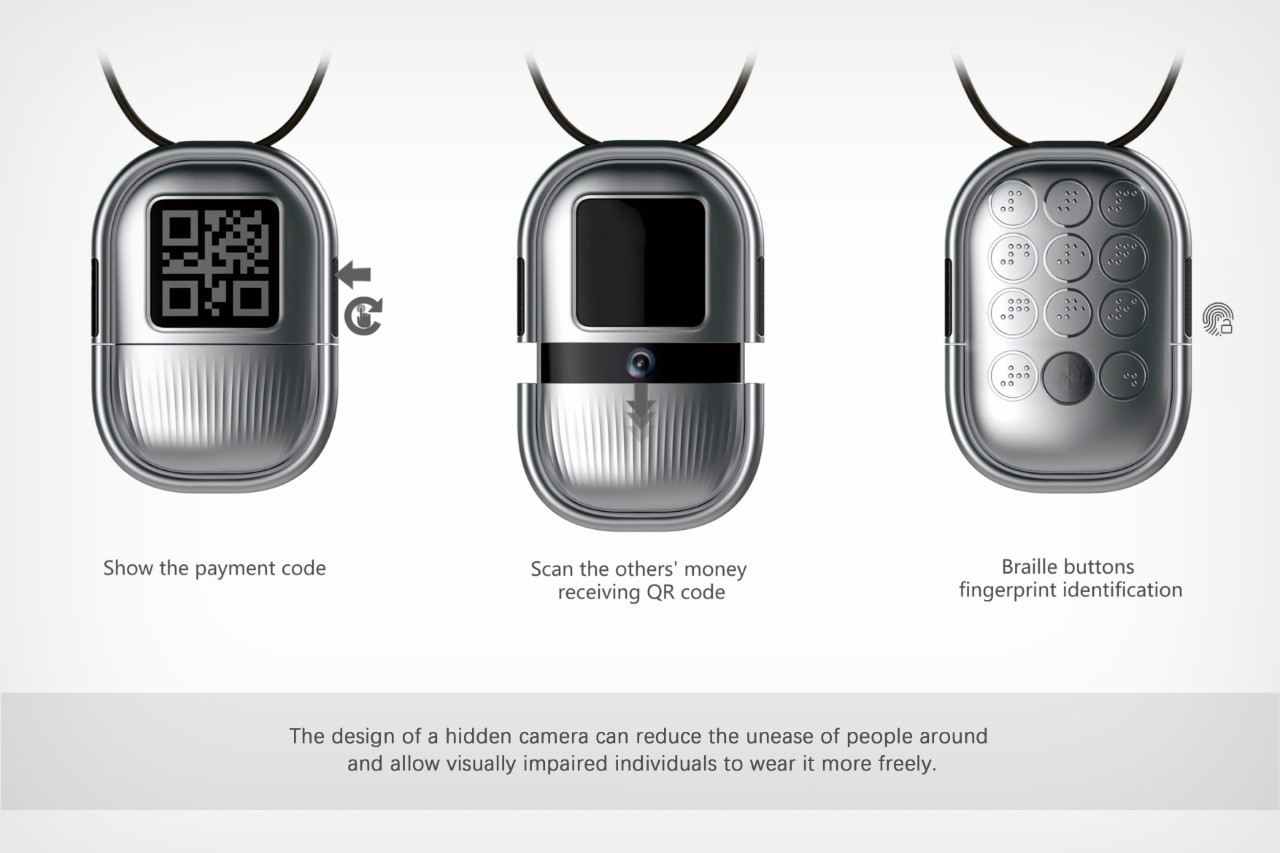Assistive Technology for the Blind: Innovations to Transform Lives
Assistive Technology for the Blind: Innovations to Transform Lives
Blog Article
Empowering Independence With Assistive Modern Technology for the Blind
The assimilation of assistive innovation into the lives of people with visual impairments stands for a significant innovation in advertising independence and self-sufficiency. From innovative display visitors to advanced clever walking canes, these devices not just boost daily navigating and interaction but additionally encourage customers to involve meaningfully in numerous elements of life. As we discover the myriad advantages and real-world applications of these innovations, it comes to be vital to check out the underlying factors that add to their performance and the potential for future advancements in this vital area.
Overview of Assistive Innovation

The advancement of assistive innovation is grounded in principles of inclusivity and empowerment. Developments in software, equipment, and sensory enhancements give individuals with options tailored to their particular requirements. From screen visitors that convert message to speech, to responsive devices that convey information with touch, these devices change the means people engage with their environments.
Along with useful applications, assistive innovation promotes better social inclusion and participation in different industries, consisting of education and learning and work (Mobility aids for visually impaired users). As r & d remain to evolve, the capacity for assistive innovation to further boost the lives of visually impaired people remains encouraging, leading the way for a more fair society where everyone can flourish
Kinds of Assistive Instruments
A variety of assistive tools have actually emerged to sustain individuals with aesthetic disabilities, each designed to meet certain needs and boost daily functioning. These tools range from low-tech options to high-tech developments, providing diverse options for users.
Low-tech devices include magnifiers and large-print products that assist in analysis and writing. Braille tools, such as Braille stylus pens and slates, allow responsive reading and interaction. Alignment and movement aids, like white canes, help users navigate their setting safely.
On the greater end of the range, electronic magnification systems and display visitors offer significant assistance. Digital magnifiers enable individuals to expand text and images on screens, while display viewers transform digital content into manufactured speech, helping with access to information on computers and smart devices.
Smart device applications additionally play an essential function, supplying features like message acknowledgment and navigation help. Wearable innovation, such as wise glasses geared up with increased fact, is becoming a promising device to enhance situational understanding.
Benefits of Assistive Modern Technology
The assimilation of assistive technology dramatically enhances the top quality of life for people with aesthetic problems. These innovations encourage users by advertising self-reliance, allowing them to browse their settings better and carry out everyday jobs with greater simplicity. Screen readers and magnification software application allow people to accessibility digital info, cultivating instructional and specialist opportunities that might have formerly been out of reach.
In addition, assistive tools such as clever walking canes and general practitioners applications supply real-time navigating help, enhancing movement and safety and security. This enhanced freedom not just boosts self-worth yet also encourages social engagement, enabling individuals to take part even more fully in their communities.
Assistive innovation additionally facilitates interaction, aiding users connect with others via voice acknowledgment and text-to-speech applications. This capability is essential for preserving partnerships and accessing essential details.
Additionally, the modification options available with several assistive technologies ensure that individuals can customize devices to their particular demands, even more boosting use and efficiency. Overall, the benefits of assistive innovation for individuals with aesthetic problems are extensive, promoting a much more comprehensive society where everyone can seek their ambitions and objectives.
Situation Researches and Success Stories
Highlighting the transformative impact of assistive modern technology, numerous study show how individuals with visual disabilities have actually effectively incorporated these tools right into their day-to-day lives. One engaging example involves an university trainee who made use of display analysis software to navigate scholastic products and online sources successfully. This innovation not only facilitated her education and learning but likewise boosted her confidence in taking part in conversations and team projects.
Another case research includes a specialist that utilizes a smartphone application made for navigating and things recognition. By using this app, he has restored autonomy in both his individual and work atmospheres, permitting him to commute individually and involve with coworkers better.
Furthermore, a senior citizen shared her experience with braille e-readers, which enabled her to access a substantial range of literary Home Page works and remain attached with her community with publication clubs.
These success stories emphasize the vital click reference role of assistive technology in promoting self-reliance, improving lifestyle, and promoting social integration for individuals with aesthetic disabilities (Mobility aids for visually impaired users). By embracing these cutting-edge devices, individuals can conquer challenges and confiscate opportunities that contribute to their personal and professional fulfillment

Future Fads in Assistive Innovation
Development in assistive innovation is positioned to redefine the landscape of assistance for individuals with aesthetic impairments. Arising fads emphasize the combination of man-made intelligence (AI) and artificial intelligence, which improve the capability of gadgets that help with navigation and information ease of access. As an example, AI-driven applications are currently efficient in translating visual information in real-time, allowing individuals to engage with their environment extra independently.
Additionally, the advancement of wearable modern technology is progressing quickly. Smart glasses outfitted with increased fact (AR) can supply audio descriptions of surroundings, transforming just how individuals engage with public areas. These tools not just advertise freedom yet also foster social incorporation.
In Addition, the Internet of Things (IoT) is making homes smarter, permitting for smooth connection in between everyday devices and assistive tools. This connectivity equips customers by allowing voice-activated controls and automated reactions customized to private requirements.
Conclusion
To conclude, assistive innovation plays a crucial function in empowering individuals with visual impairments by enhancing their self-reliance and interaction with their environments. The varied variety of gadgets and applications readily available not just helps with navigating and interaction yet also promotes social combination and opportunities for specialist and individual development. As improvements continue a fantastic read in this area, the potential for boosting the top quality of life for those with aesthetic disabilities will certainly increase, promoting higher freedom and empowerment.

Report this page